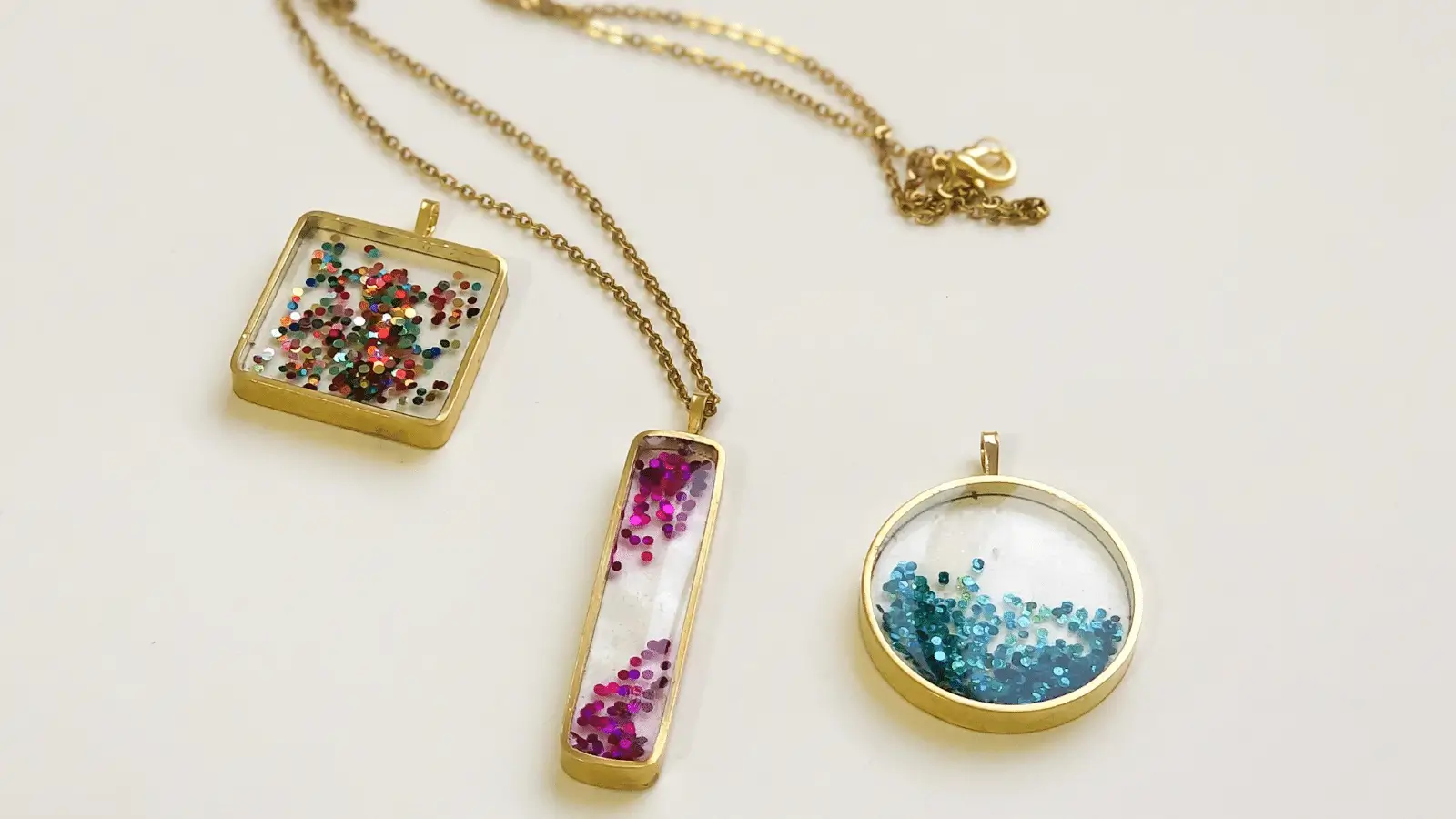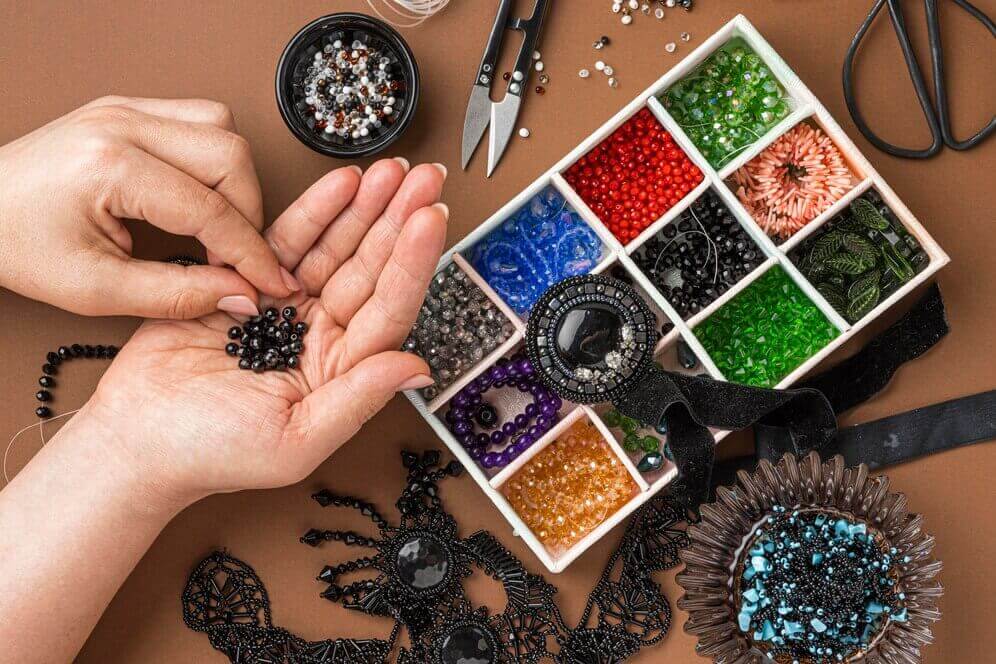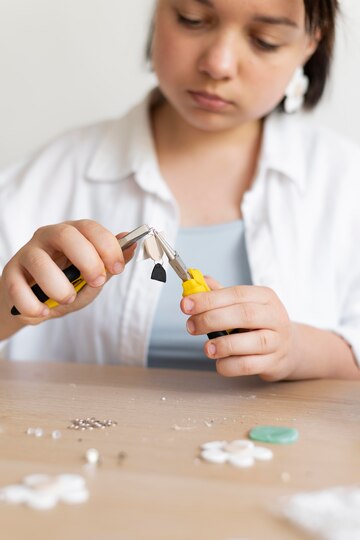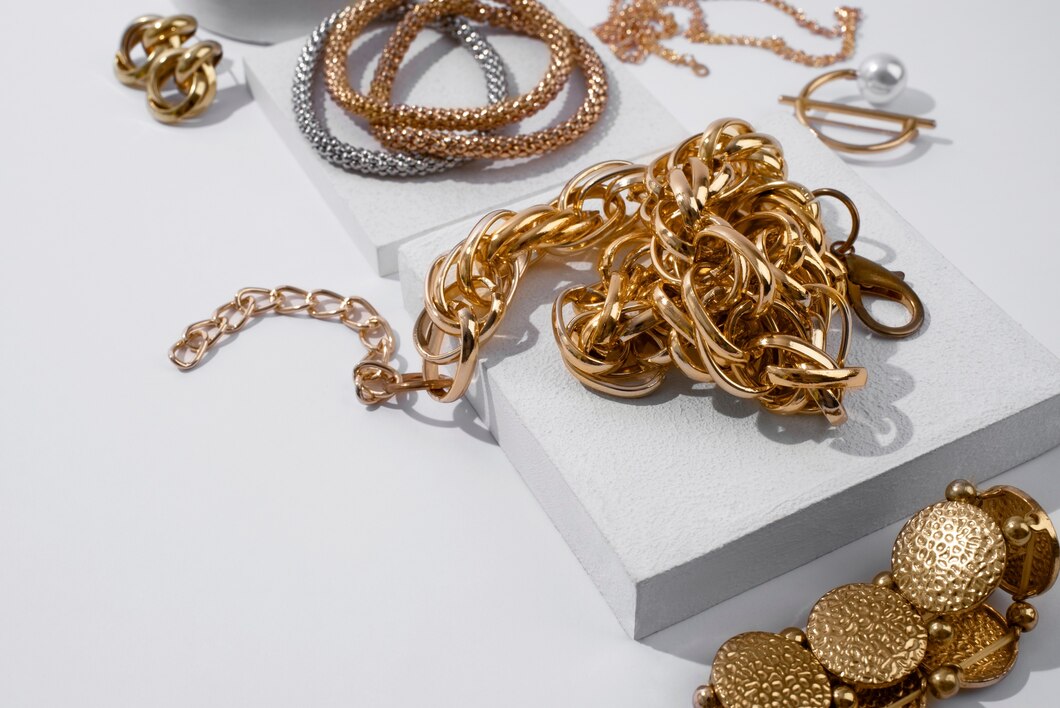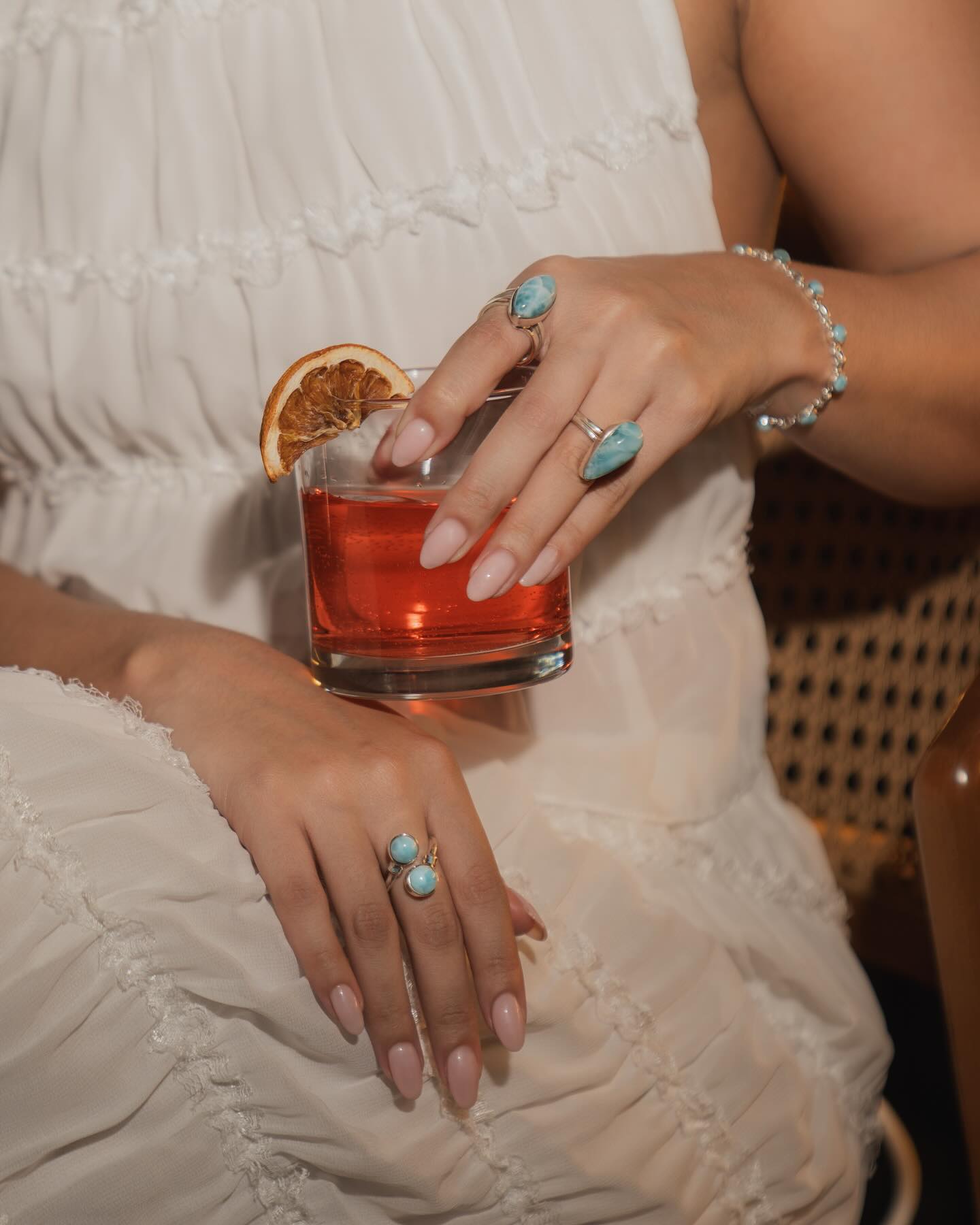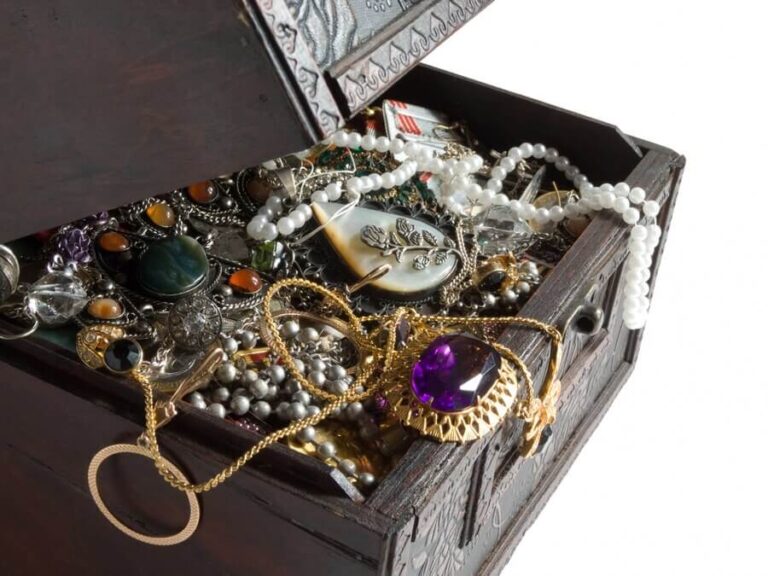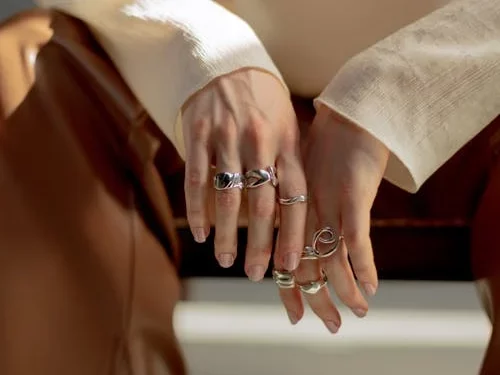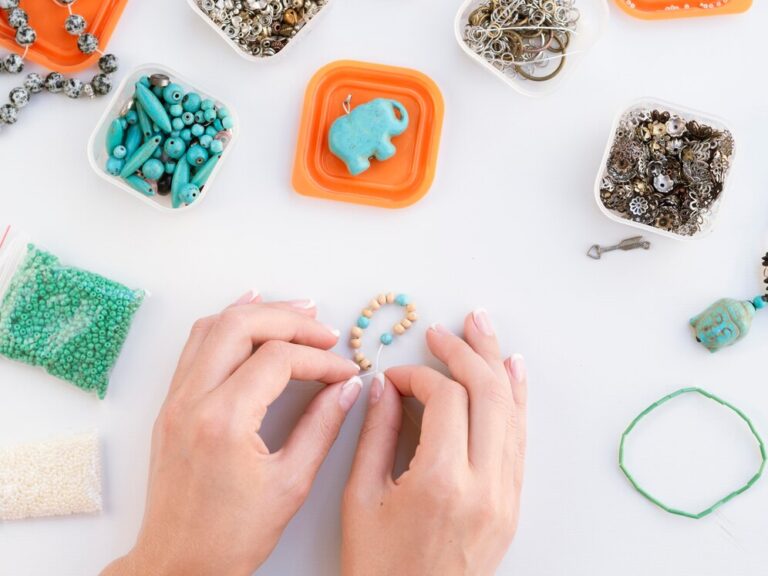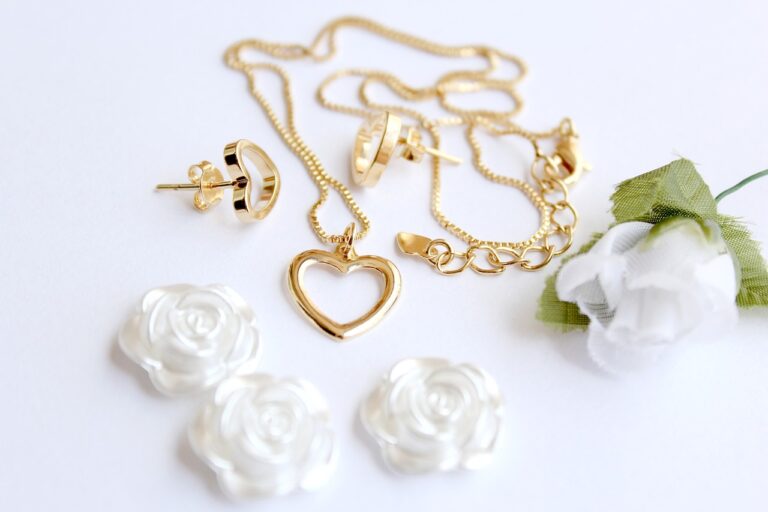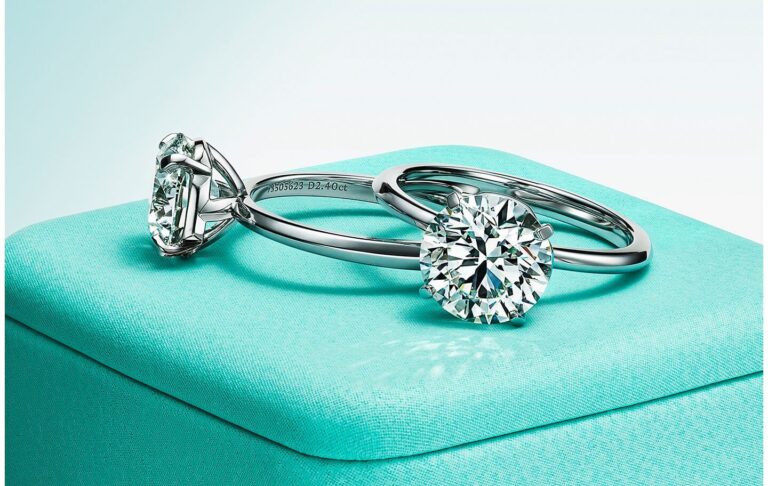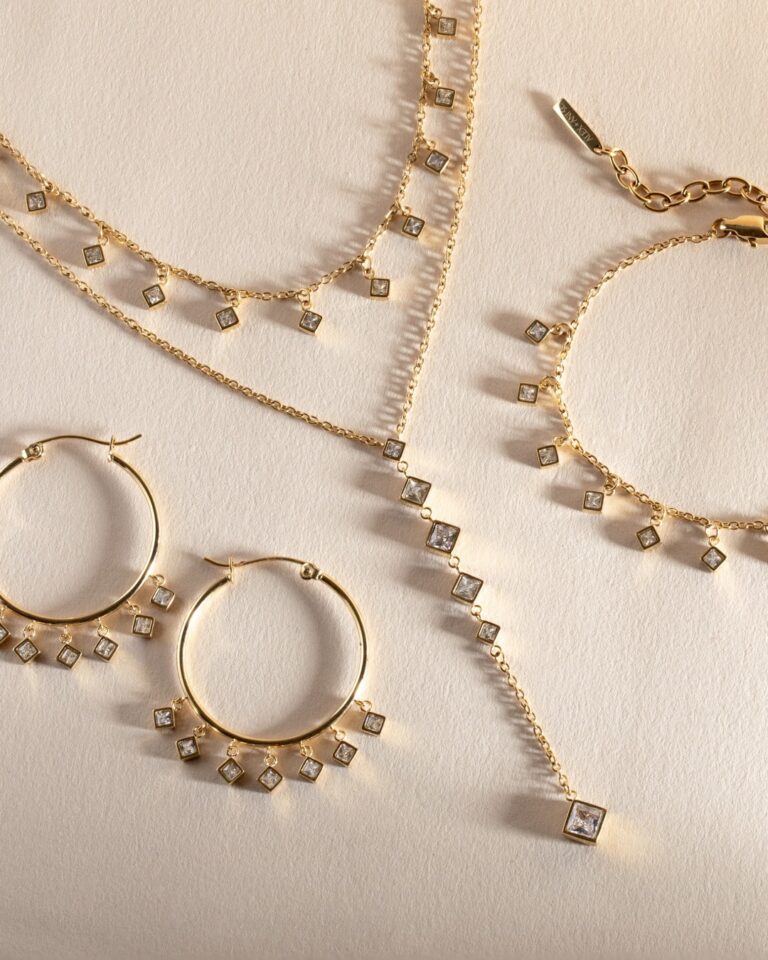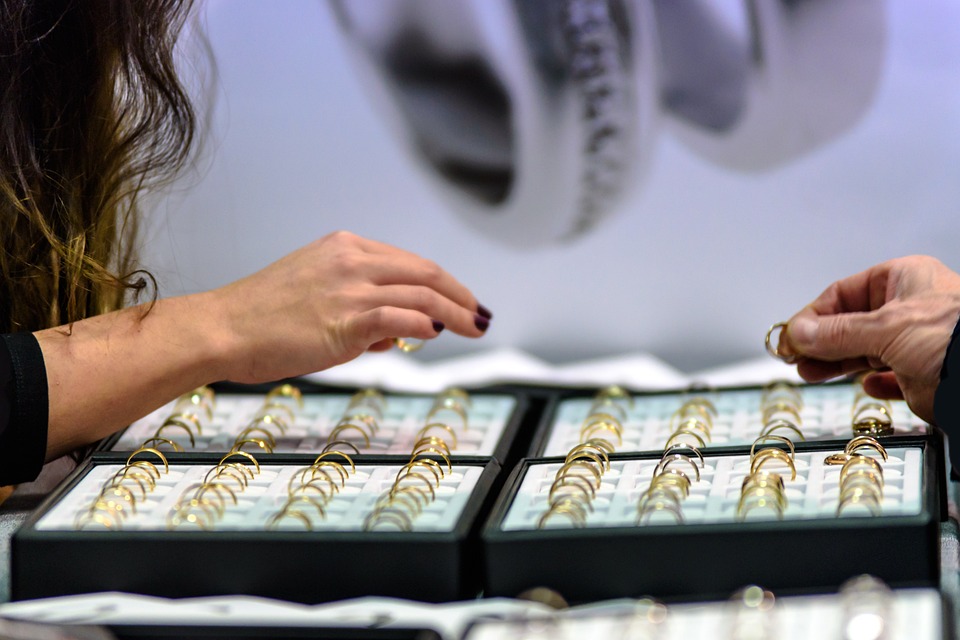
How to tell if gold jewelry is real gold? Simple methods to help you identify the real and fake
When you buy a beautiful piece of gold jewelry, are you worried about whether it is real gold? Many people have encountered situations where they have bought fake gold jewelry, and it is especially important to know how to tell if it is real or fake when shopping online. Fortunately, there are some simple and effective ways to help you identify whether gold jewelry is really gold. Next, I’m going to share with you a few common tips for identifying real gold jewelry so that you can shop with more confidence.
Check the Hallmarks on Gold Jewelry
Every piece of genuine gold jewelry will have a marking on it, which usually includes the purity of the gold. Common markings include “24K”, “18K”, “14K”, etc., which represent the gold content of the jewelry. Markings may also be a combination of numbers and letters, such as “750” to indicate that the gold jewelry is 18K gold. Therefore, checking the markings on gold jewelry is the first step. Gold jewelry that has no markings or vague markings may not be authentic or may be counterfeit.
Try the Magnet Test for Authenticity
Real gold does not contain iron, so it will not be attracted to magnets. Take a small magnet and hold it close to your gold jewelry. If the gold jewelry is attracted to the magnet, it is definitely not gold, but may be fake gold jewelry coated with other metals. If the gold jewelry is not affected by the magnet at all, then it may be real gold. Of course, some alloy metals may not be attracted by magnets either, so this is just a preliminary test.
Examine the Color of the Jewelry
Genuine gold generally appears a warm yellow color, while fake gold jewelry tends to be a cooler silvery-white or a duller yellow. Fake gold jewelry may be a cheaper metal with a gold coating, so look closely at the color and shine of the gold jewelry. If the color looks unnatural, you may need to be careful.
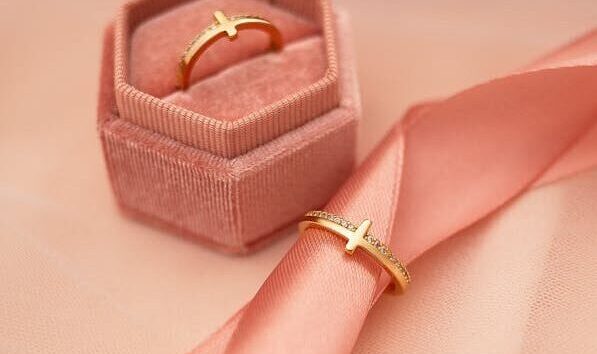
Use an Acid Test to Confirm Purity
This is a common professional test that is done by applying a small drop of acid to the gold jewelry and watching for discoloration. Real gold will not discolor in the presence of acid, while fake gold may oxidize or discolor. However, this test method requires some skill and is best done by a professional jeweler or goldsmith.
Perform the Weight Test for Real Gold
Gold is denser than most metals, so real gold will be heavier than it looks. You can compare gold jewelry to other known metal items to see if it feels particularly heavy or not so heavy. If the weight of the gold jewelry doesn’t match its appearance, then it’s probably fake.
With these simple tests, you can quickly identify the authenticity of gold jewelry. Although this costs some money, the investment is well worth it if you plan to purchase high-value gold jewelry. With these simple methods, you can effectively determine the authenticity of gold jewelry.
